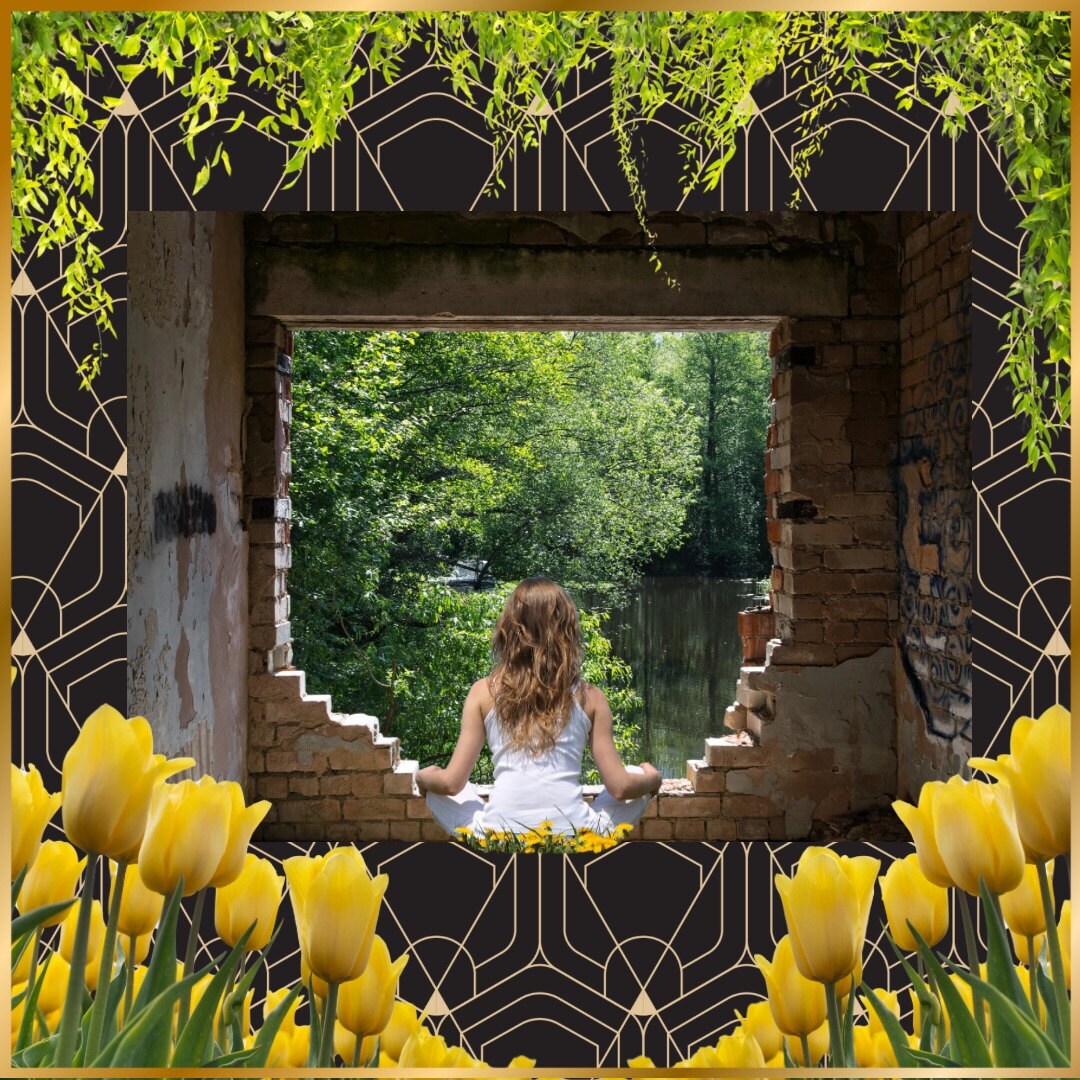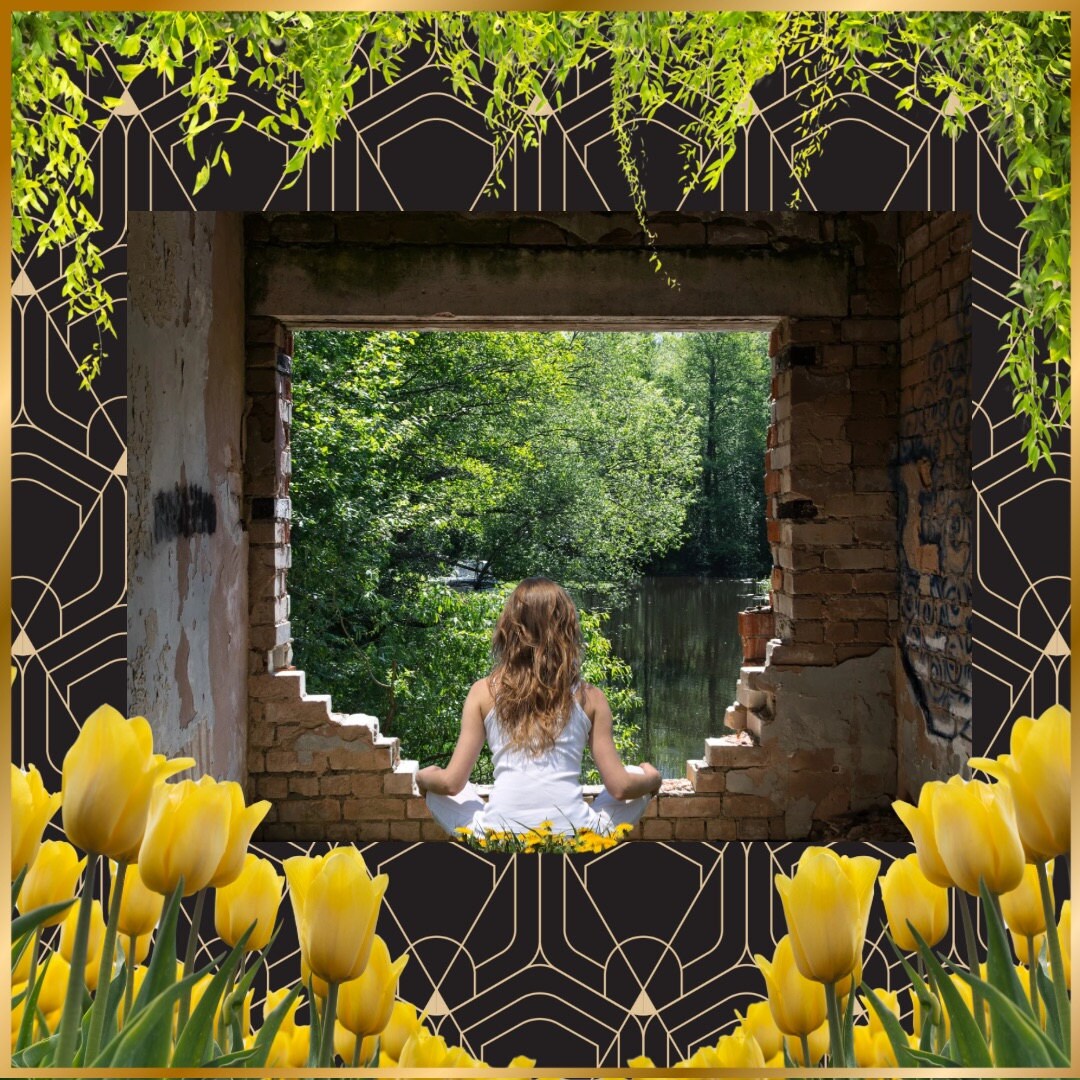
Design, Life, and the Philosophy of Wabi-Sabi: Transience and the Art of Living Fully
“Put simply, wabi sabi gives you permission to be yourself. It encourages you to do your best but not make yourself ill in pursuit of an unattainable goal of perfection. It gently motions you to relax, slow down and enjoy your life. And it shows you that beauty can be found in the most unlikely of places, making every day a doorway to delight.”
― Beth Kempton, Wabi Sabi: Japanese Wisdom for a Perfectly Imperfect Life
Have you ever noticed how the most cherished things in life are often the ones that aren’t perfect? A worn leather bag that molds to your hand over time. A cracked ceramic mug, still your favorite for morning tea. A home with creaky wooden floors, whispering stories of the past.
There is an undeniable beauty in things that show their journey—just like there is beauty in our own personal evolution. Wabi-Sabi, the ancient Japanese philosophy, teaches us to embrace the imperfect, the transient, and the unfinished. It is an invitation to step away from the pursuit of perfection and into the present moment, honoring both ourselves and the world as we are—flawed, growing, and beautifully human.
The Wisdom of Wabi-Sabi in Life and Design
Wabi-Sabi is more than just an aesthetic—it’s a way of thinking, creating, and living with mindfulness and acceptance. It teaches us to embrace imperfection, honor the passage of time, and design with patience and care. This philosophy beautifully aligns with sustainable design, self-love, and a deeper connection to the world around us.
A wonderful resource that explores these ideas in depth is Beth Kempton’s Wabi Sabi: Japanese Wisdom for a Perfectly Imperfect Life. This book offers valuable insights into how Wabi-Sabi can transform our mindset, our approach to creativity, and even our relationship with ourselves. Here are five key lessons from the book:
1. Embrace Imperfections – Wabi-Sabi teaches us to see beauty in flaws, whether in nature, design, or ourselves. Instead of striving for perfection, we find meaning in the imperfect and the unfinished.
2. Find Beauty in Simplicity – This philosophy celebrates minimalism and simplicity, encouraging us to appreciate the elegance of restraint and the richness of less.
3. Emphasize the Transient – Life is fleeting, and Wabi-Sabi helps us embrace the beauty of change, impermanence, and the natural aging process in all things.
4. Foster a Deep Connection with Nature – By aligning ourselves with the natural world, we cultivate harmony in both our surroundings and within ourselves.
5. Cultivate Mindful Awareness – Wabi-Sabi encourages us to slow down, be present, and notice the small, often overlooked details that bring meaning and joy.
In both design and self-love, these lessons remind us that perfection is an illusion. True beauty lies in authenticity, craftsmanship, and the patience to create something meaningful. Whether in fashion, architecture, or personal growth, Wabi-Sabi calls us to design not just beautiful things, but a beautiful way of living.
Wabi-Sabi in Fashion: The Beauty of Time-Worn Textiles and Thoughtful Craftsmanship
Fashion is often about the “new,” the “perfect,” the “trendy.” But what if we shifted that mindset?
Wabi-Sabi rejects the idea of fast fashion and instead embraces clothing that tells a story. Think about natural fabrics like linen, raw silk, and organic cotton—materials that soften and fade with time, becoming more beautiful with age. Think about visible mending, hand-stitched repairs, and well-worn denim that carries the imprint of its wearer.
Designers like Yohji Yamamoto and Rei Kawakubo have long used asymmetry, raw edges, and unfinished hems to celebrate imperfection. Traditional Japanese garments, like boro (patched and stitched textiles) and sashiko (decorative mending), embody the philosophy of sustainability, longevity, and care.
Sustainability and Wabi-Sabi go hand in hand. When we appreciate the beauty of well-loved pieces, we resist the cycle of overconsumption. We mend, repurpose, and cherish what we own rather than constantly seeking something new.
Wabi-Sabi in Architecture: Designing Spaces That Evolve With Time
Modern architecture often strives for sleek perfection, but Wabi-Sabi asks: What if we designed spaces that feel alive?
In Japan, many traditional homes embrace natural materials that shift and change—wood that darkens, stone that gathers patina, walls with visible grain and texture. The Ise Grand Shrine, one of Japan’s most sacred sites, is intentionally rebuilt every 20 years. This cycle reflects the impermanence and renewal at the heart of Wabi-Sabi—a lesson in embracing change rather than resisting it.
In contemporary design, Wabi-Sabi shows up in:
• Reclaimed wood, raw plaster walls, and organic textures that shift over time.
• Minimalist, nature-inspired interiors with neutral palettes and handmade ceramics.
• Buildings that harmonize with nature, rather than disrupt it, honoring local materials and traditional craftsmanship. When we bring Wabi-Sabi into our spaces, we create environments that feel grounding and deeply human. We move away from sterile, mass-produced aesthetics and toward something more real, more meaningful.
Wabi-Sabi and Self-Love: Embracing Your Own Beautiful Imperfections
Beyond design, Wabi-Sabi is a powerful tool for self-acceptance and personal growth.
In coaching, we often talk about releasing perfectionism—letting go of the idea that we must be flawless to be worthy. Wabi-Sabi offers the same wisdom. It reminds us that we, too, are ever-changing, ever-evolving, and that the marks of time—our scars, our growth, our resilience—are what make us uniquely beautiful.
Imagine if we:
- Celebrated our own imperfections instead of criticizing them.
- Accepted change as part of our journey, rather than fearing it.
- Designed our lives with care and intention, rather than rushing toward an unattainable ideal.
Wabi-Sabi invites us to slow down, appreciate the present, and find peace in the imperfect beauty of life itself.
Designing a Better World, Starting Where We Are
Wabi-Sabi is more than an aesthetic—it’s a mindset that changes how we design, create, and live.
- In fashion, it means choosing craftsmanship over mass production.
- In architecture, it means designing spaces that age gracefully with time.
- In life, it means embracing our own evolving journey with self-love and patience.
When we apply Wabi-Sabi to the way we design, build, and care for the world around us, we create a more sustainable and compassionate future. Instead of constantly trying to fix or replace, we can appreciate, restore, and cherish what already exists.
Live and Design with Compassion
Where can you invite Wabi-Sabi into your life today? Can you see the beauty in an old, worn-in object? Can you slow down and appreciate where you are in your personal journey? Can you design with more care, knowing that imperfection is part of the process?
💬 Let’s start a conversation!
What’s one thing in your life—whether it’s a piece of clothing, a home detail, or something within yourself—that you’ve learned to love because of its imperfections? Share in the comments!
Further Reading
Fashion:
Video: • Rosenbloom, Stephanie. “The Case for Visible Mending.” The New York Times, 8 June 2022, https://www.nytimes.com/2023/12/26/opinion/knitting-healing.html
Articles:
- “Slow Fashion and the Wabi-Sabi Mindset.” The Good Trade, www.thegoodtrade.com/features/slow-fashion-wabi-sabi.
- Embracing The Wabi-Sabi Philosophy: Imperfection in Beauty and Fashion
Research Paper:
- An Application of “Wabi Sabi” Philosophy in Fashion Design “Nature: Impermanence” https://jcsh.rsu.ac.th/files/issues/V10N1/221_20230606120131.pdf
Architecture:
Articles:
- Wabi-Sabi: Architecture of Imperfection
https://architizer.com/blog/inspiration/stories/wabi-sabi-architecture-of-imperfection/
- Many Wabi-Sabi Articles
https://www.dezeen.com/tag/wabi-sabi/
Research Paper:
- Wabi Sabi Style the Collision of the East and West: The Combintion of the Fashion and the Nature
Video:
- Wabi-Sabi in Interior Desig: The Art of Embracing Imperfection https://youtu.be/iDT3cMh5TAk?si=-amqYnEMj3jqY43a
Way Of Life:
Articles:
- Japans UnusualWay to View the World
https://www.bbc.com/travel/article/20181021-japans-unusual-way-to-view-the-world
- Wabi Sabi Lifestyle: How to Accept Imperfection in Life
